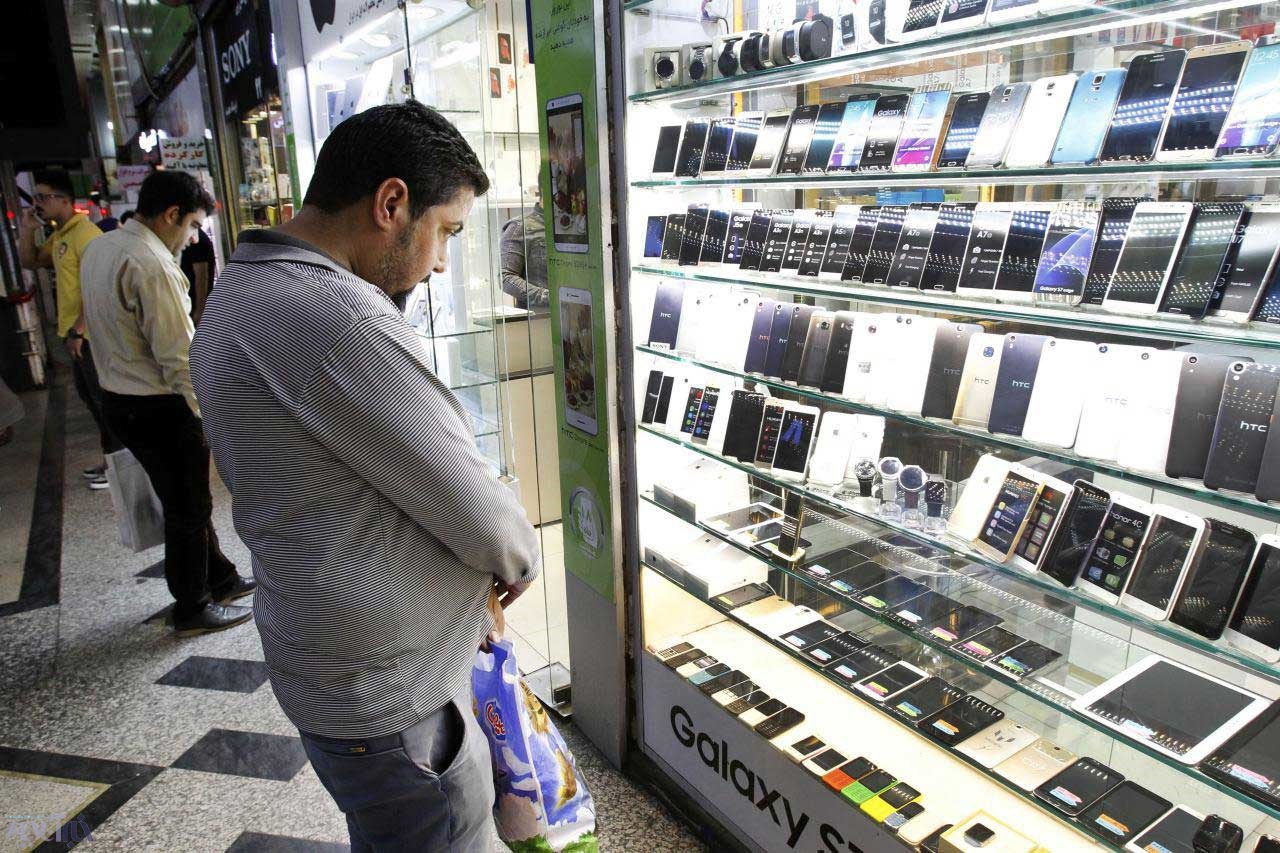With the government tightening the noose around contraband smartphones, the sector has reported 88.6% year-on-year increase in legal imports during the nine months to Dec. 21.
According to data released by the Islamic Republic of Iran Customs Administration, mobile phone imports stood at about $278 million during the period with 0.74% share of the country’s total import bill. It was said to be the 15th most imported item during the period.
The main exporters of mobile phones to Iran were the UAE with (63%), South Korea (18%) and China (18%). The Persian Gulf Arab state (UAE) is a major trading center and a re-export hub.
In a bid to curb smuggling of cell phones, the Telecom Ministry, IRICA, the Communication Regulatory Authority and the Industries Ministry introduced a scheme they call “Mobile Registry” according to which local operators are barred from offering services to contraband phones.
After more than a decade delay in implementing the scheme, its initial phase was launched on Oct. 20, 2017. In a bid to contain the market shock created in the wake of launching the scheme, its implementation has been phased.
According to a report by state radio and TV, so far 47,000 contraband phones active in local operators’ network have been identified from which smuggled iPhones accounted for 2,000.
On Jan. 4, the functioning contraband iPhones were disconnected. In the next phase, access of smuggled Google, BlackBerry and Motorola phones to the local network will be banned.
According to market insiders, since the scheme was launched, mobile phone prices jumped 20-35%. For flagship handsets the rise translates into a $200 to $300 hike.
After the scheme was introduced, Mahmoud Saffar, head of Iran Mobile Phone Importers Association said, “Close to 12 million mobile phones are sold in Iran every year.” He is of the opinion that given the high and rising prices of handsets demand for the cell phones will shrink to “about 8 million.”
Saffar says, “Prior to the launch of the Registry Scheme contraband cellphones had a 95% share of the market.”
IRICA says it incurred $625 million in lost revenues during the last fiscal that ended in March 2017 due to the rampant smuggling of cellphones. Mobile phone importers pay 18% tariff.
>Role of IMEIs
For implementing the scheme, local authorities use an online database of the IMEI, or the International Mobile Equipment Identity number of the functioning handsets. IMEI is a unique number — like fingerprint for electronic devices — that helps identify a mobile phone.
Since November 2015, importers of mobile phones have an obligation to register the IMEI with the database.
The IMEI number is used to identify valid devices. Therefore, only cellphones, which have entered the country through legal channels, can be used.
Since the registry scheme was launched, importers have been receiving a “Registration Code” from IRICA for each handset after paying the import tariff. Dealers are required to give the code to customers at the time of purchase.
The scheme, however, does not end with importers, and a complex maze awaits customers. Mobile phone buyers are now required to activate their new handsets through an online database named Hamta under the address hamta.ntsw.ir.
On the website users should enter the new handsets IMEI code, the devices Registration Code and their phone number. After entering the data, the handset will be activated in the local mobile network.
The IMEI code is usually printed inside the battery compartment of the phone, but can also be displayed on the screen on most phones by entering *#06# on the dial pad, or alongside other system information in the settings menu on the operating systems of smartphones.


